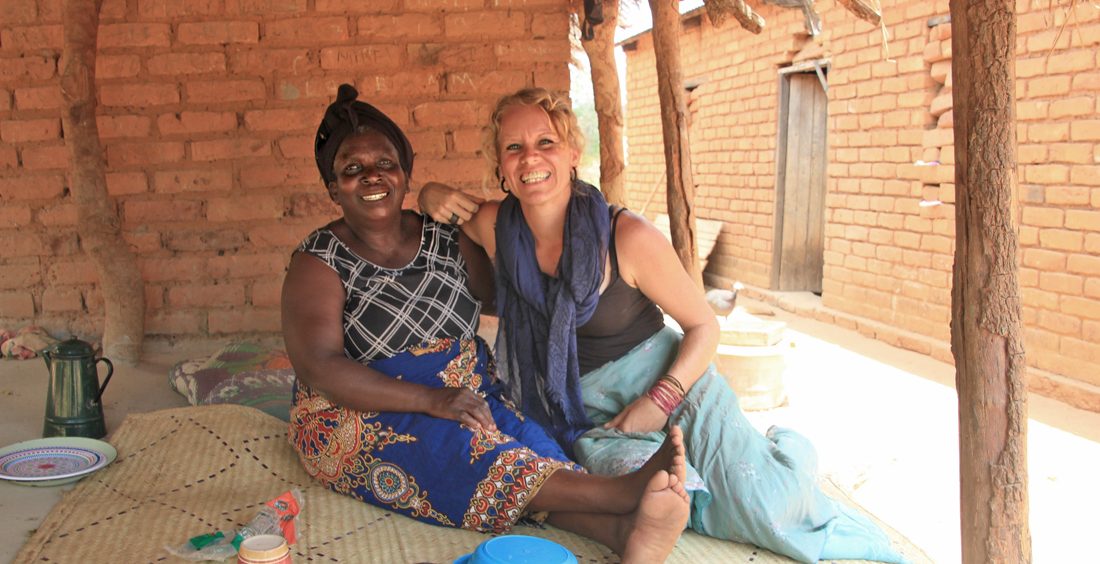This last year in the village has taken huge steps for me. So much of my mindset and thinking is stuck in Canada, there is a process of shifting needed. What I have been taught, experienced and learned is out of the realm for the culture I now call home. To step so deeply into a culture that seems to have no crossing lines of similarity is tough. To put aside much my own personal understanding in order to allow myself to see as they do.
From that point, I can better take what I have learned and understood and begin to re-frame it into the principles and values of the culture I now find myself. This is where I find myself. In the, ‘ah-ha’ stage. Not because I can say I understood or even agree with all this is done or why but because I am gaining a better understanding of where they are coming from and the roots which have set their perspective. Through this shift, I can better see and prepare for the areas which are notable for discussion, support and prayerfully have opportunity to bring some change and insight.
As I look at these variables, I can better formulate discussions and key questions to target the need and potentially awaken a perspective of change. The main focus continues to look at patients struggling at home, but now is also the time to engage the families. Many of them may have their own pains or limitations of movement so the question broadens to look at what can be brought to the individual. Once the individual sees a change, how is their capacity opened to help another?
Let me share a story from a recent visit;
I sat with a woman in her 60’s and her grandson who was around 15yrs. The woman has struggled with arthritis for nearly 10yrs with bouts of cortisone injections at various times. As it is harvest season now, this means the past months have been planting and maintaining in the fields. Most leave their homes around 4-5am and spend the next 5-6hrs hoeing and gardening. This woman began to complain that after only 2hrs in the field, her pain was so debilitating, she often struggles to reach home again. As she is explaining and sharing these stories (while sitting on the hard earth), her grandson is listening expressionless (from his comfortable chair). From there we began to discuss the work she does to provide for the home and what he could potentially do to alleviate the burden.
Maybe when I said, we had a discussion, was a bit kind. After this last statement, there became a very obvious wall. What surprised me is that the wall was met by the woman. Yes, the boy had his retaliation but it was the woman who came back abruptly. This was her duty. It was her responsibility to provide for the home and care for the home. No matter her level of pain, there was a sense of pride preventing her from seeking help. If she did not fulfill her role, she was not living up to the cultural expectations as a woman. As for the grandson, there was a moment of fear over his face (that he may actually need to help) yet it was quickly washed away as he saw his grandmother stand in defense and he could go back to his stoic, unconcerned position.
As I take these stories and perspectives, the roots of the lack of care for not only others but even self is strong. The woman’s willingness to deny her pain in order to fulfill duty and the boy’s ability to allow her to be in pain is difficult to understand but the reality to life.
All this leads me to a new beginning. To start educating and supporting patients in the home must begin with the awareness of pain, of our responsibility within caring for one another and the steps toward a new quality of life. So begins my next journey; awareness groups. In the next months, I will begin facilitating discussions around these topics to various people and groups within the community. Time to brush up my public speaking!

